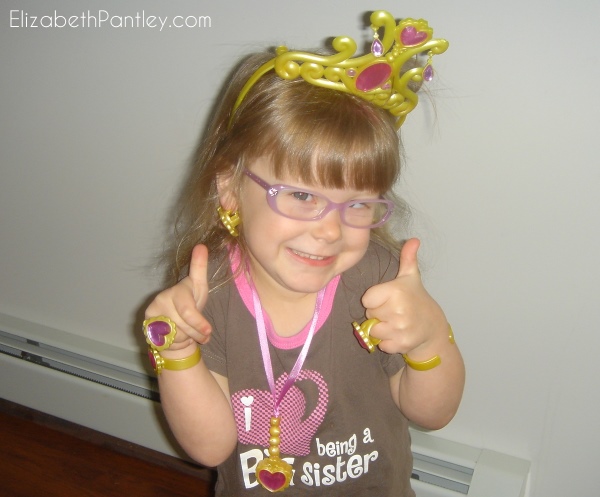
Don’t think about your breathing – in through your nose, and out. Taking a nice deep breath. Don’t think about breathing.
More than likely, you are now thinking about your breathing! Despite being complex human beings, the simple mention of something puts it front and center in our brains. Our brain ignores the “don’t” and focuses on the actionable part of the sentence. This effect is multiplied in a child’s brain, because they are so accustomed to listing to an adult’s instructions.
Telling Your Child What NOT to Do
It comes naturally to parents to tell their children to stop doing something, or give instructions about what not to do. Parents do this as part of warnings, lessons, or attempts at gaining cooperation. However, describing what you do not want your child to do can backfire. Children may not have even thought of what you're describing, and can then be intrigued by the new idea – that thing you specifically told them not to do.
“Oh, Mommy doesn’t want me to put my toothbrush in the potty? I wonder what would happen if I put my toothbrush in the potty? Wow! That’s what happens!”
Comparing the Differences
It can be helpful to use a different approach: focus on the positive. Instead of telling your children what you don’t want them to do, tell them specifically what you do want them to do. This is a simple change, yet it can be very powerful. And once you get into the habit of focusing on the desired outcome, you’ll see that your child will be more cooperative.
Here are some examples of changing the focus:
Don’t push your sister. vs Be gentle with your sister.
Don’t yell. vs Use a quiet voice.
Don’t stand on your chair. vs Sit on your chair.
Don’t forget your manners. vs Remember to say “please” and “thank you.”
Don’t pull the dog’s tail. vs Pet the dog on his head, like this.
What to Do
Use positive language to communicate your expectations to your child. Tell your children exactly what you would like them to do. Use proactive expressions instead of prohibitive ones.
You will quickly see that when you replace negativity with positive instructions, you’ll receive more cooperation from your children. They will be receiving the information that they need to behave appropriately. Of course, they may understand you but then decide to ignore your instructions, but that is a topic for a different post.
Need more discipline tips? The No-Cry Discipline Solution provides gentle ways to Ways to encourage good behavior without whining, tantrums & tears.



























